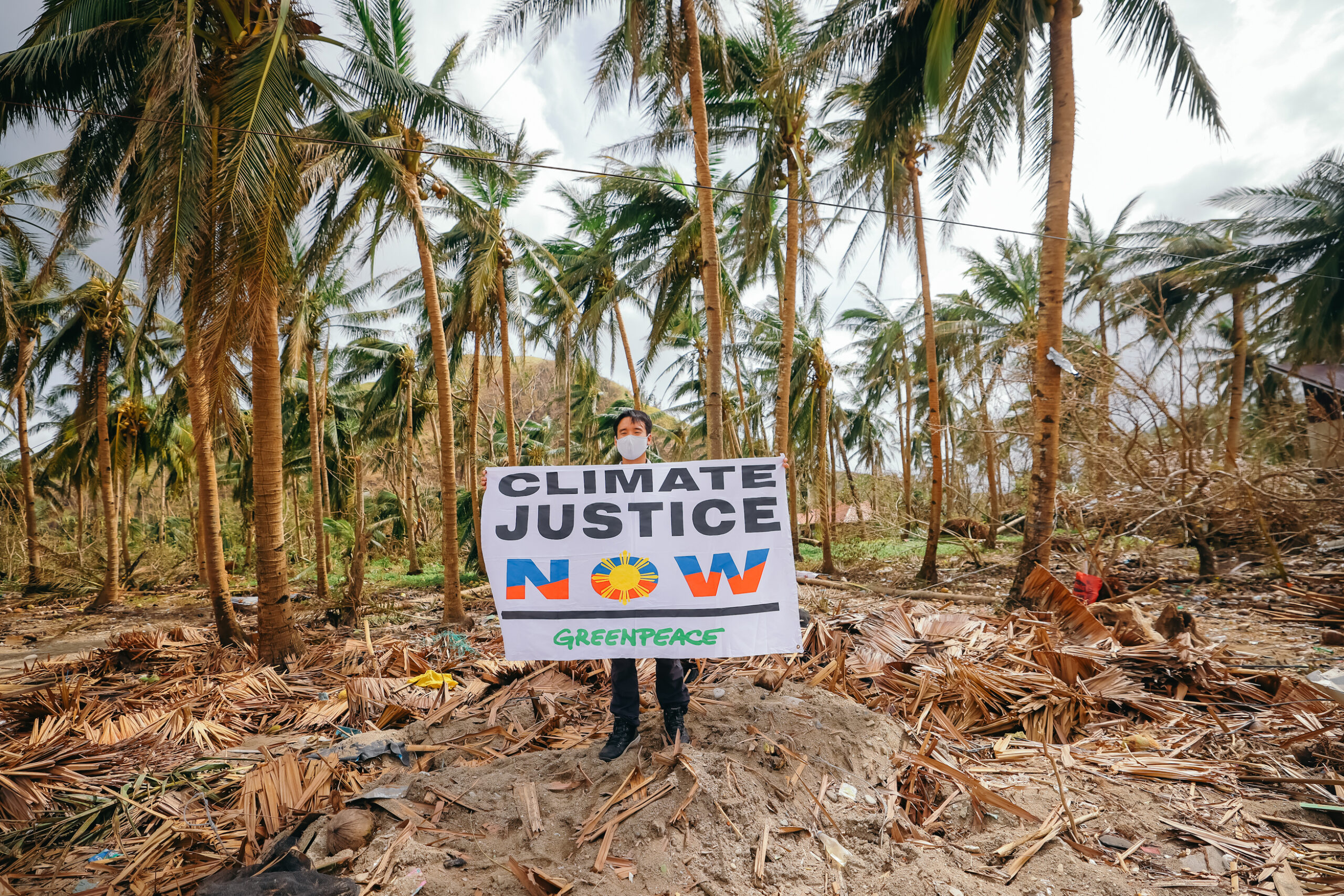
The struggle for environmental justice is one of the most important issues of our time. But if you’re getting involved for the first time, some of the language might be confusing. This guide explains the key terms and ideas you need to know.
It should help you follow conversations on environmental justice. So you don’t need to feel as nervous about asking what something means. Or wonder why there are so many terms for what seem to be the same things.
Read on for the essentials of environmental justice language.
BAME
The term Black, Asian and Minority Ethnic (BAME) came from the 1991 UK census – the first UK census with a question on ethnicity.
Many communities of colour prefer not to use this term. This is because it emphasises certain ethnic minority groups over others. And does not take into account that different ethnic minority groups have different experiences.
Phrases you can use instead include people of colour and BIPOC, but these do have issues too.
BIPOC
Black, Indigenous (and) People of Colour (BIPOC) is an alternative term to BAME, minority or marginalised.
BIPOC separates the experiences of Black and Indigenous People from other people of colour, unlike terms such as BAME or people of colour. This is particularly important as different communities experienced colonialism in specific ways. Some see it as a more inclusive term as a result.
Climate justice
The climate crisis hits some communities harder than others. The worst affected are often people of colour and those in the global South. Climate justice movements recognise the unequal effects of the climate crisis. And that any solutions must address it. In a climate justice approach, decisions on what action looks like must include those most affected.
Climate justice focuses on climate issues. It sits under the broader term of environmental justice.
Climate reparations
Generally speaking, this involves the payment of money by countries in the global North to countries in the global South. This is to address actions by the Global North which have worsened and caused climate change.
Climate resilience
This describes how communities stay strong and learn from past environmental disasters. And how they rebuild to bounce back from future events. This includes sharing resources so they can plan for disaster better. As well as trying to fairly share money and decision-making power in the community.
Colonialism
The process of taking political and economic control over an area, people or country. Colonisers do this by defeating people or a country, then ruling them in a way that gives them no freedom. They may use force, such as from an army.
Usually, the dominant country will exploit a colonised country. They’ll introduce settlers and force their own cultural values on its people. This often involved slavery, indentured or forced labour, and the extraction of natural resources.
Cumulative impact
Changes to the environment caused by human activities and natural processes combined over time. These activities may not be significant on their own. But when put together result in serious environmental effects. Examples include noise and light pollution, and oil spills.
Disempowerment
Stopping a person or group from accessing influence, power, or choice and control of their own lives (autonomy).
Environmental emergency or the ‘climate and nature crisis’
Refers to the many crises facing humans and the planet. This includes:
- climate change which will mean global temperature rises and extreme weather
- loss of the number and variety of animals, plants and other creatures (biodiversity)
- natural places getting destroyed or spoilt (degradation)
- widespread pollution (toxins going over safe limits) which affects the quality of our air, water and land.
Together these will mean Earth becoming less fertile and productive, both for nature and for growing food.
Environmental justice
Caring about how people are affected by the environmental emergency. And giving them a chance to influence decisions that will affect where they live.
This means people are treated fairly – no matter their race, ability, disability, gender, sexual orientation, income or nationality. And get their fair say in decisions on environmental laws, regulations and policies. It also means everyone has the right to live, work and access a clean and healthy environment. And the costs and impacts of the environmental emergency are shared.
Environmental racism
Describes how environmental problems unfairly affect people of colour. Usually because of policies and practices that harm their health and the places they live, and leave them out of decision-making.
Civil rights leader, Benjamin Chavis coined the term in 1982. He included examples like:
- placing toxic waste sites next to communities of colour
- allowing harmful poisons and pollution into the air, water or food of communities of colour.
Equity
For environmental justice, this is the fair distribution of and access to environmental resources, like healthy homes and green spaces. This is important for building resistance to the harmful effects of climate change.
Exploitation
The act of treating someone, or a group of people, unfairly to benefit from their work, or the use and benefit of resources, such as land.
Extractivism or extractive economy
An economy that removes resources for export and sale on the global market.
Extractive industries often need control over places. They rely on governments to set out agreements on land use and access, and trade, which allow them to operate. This is so they can exploit resources and make money from them. They often exclude or marginalise the existing users or inhabitants of the land.
Typically, the profits from these industries are enjoyed by business owners and states in the global North. Profits aren’t usually invested back into the place the resource came from.
Global North
An alternative to terms such as First World and developed countries. This is a group of countries in the Western world, which benefit from much higher levels of wealth and industrialisation than countries in the Global South. Countries can be located in the North or South side of the world. For example, the Global North also includes countries such as Japan and South Korea.
Global South
An alternative to names such as Third World and developing countries. Countries in the Global South are often seen as low-income and politically or culturally marginalised. They are almost always countries that were, or are, colonised.
These terms have drawbacks. For example, they suggest lower worth due to financial status, and risk making assumptions about so-called poor countries.
Intersectionality
How someone’s different characteristics “intersect” with one another and overlap. These include race, class, age, gender, disability, sexual orientation and more. Intersectionality is also about inclusion in feminist and liberation movements.
American scholar and civil rights advocate Kimberlé Crenshaw introduced the term in two essays published in 1989 and 1991. She describes how Black women exist at an intersection of identity, facing oppression as women and black people. However, ideas of intersectionality have existed within feminism for a long time. For example, it is present in Sojourner Truth’s Ain’t I a Woman? speech in 1851.
Justice
The idea that people should be subject to just behaviour and treatment. This may be on a specific issue, or in general. Justice also includes equity of resources and participation in decision-making.
MAPA
MAPA stands for Most Affected People and Areas. It refers to those who are part of groups, or live in areas, that bear the brunt of the worst effects of climate change. These groups include Indigenous Communities, people of colour and working class people.
Neocolonialism
Colonialism is the direct control over a group of people or area. Neocolonialism involves indirect control. It allows a country with strong political power and influence to indirectly control an area or group of people.
People of colour
People of colour or person of colour refers to people or a person who is not white, and does not identify as white.
It’s considered a better alternative to phrases such as BAME and BME, but has limitations. The term fails to address the differences in experiences of people who do not identify as white. It risks describing them as a unified group with the same ideas, experiences and opinions.
Sacrifice zones
Geographic areas damaged by changes to the environment or the decision to stop investing money. They are usually lived in by low-income families and people of colour. Examples include communities who live near polluted areas, such as by chemical plants or military bases. Or even entire countries, like those facing submersion from rising sea levels.
Systemic racism
Social structures that combine to harm people of colour, in ways not experienced by their white counterparts. This means society’s laws, practices, customs and beliefs set up racial hierarchies. These impact where people of colour stand in a social and economic order. For example, access to health care, housing, education, clean air, water and employment.
White supremacy
The belief that white people make up a superior race and should dominate society. Typically while excluding or harming other racial and ethnic groups. White supremacy is also held within structures and societal norms. This means it benefits all white people and allows white people greater access to resources and power.
